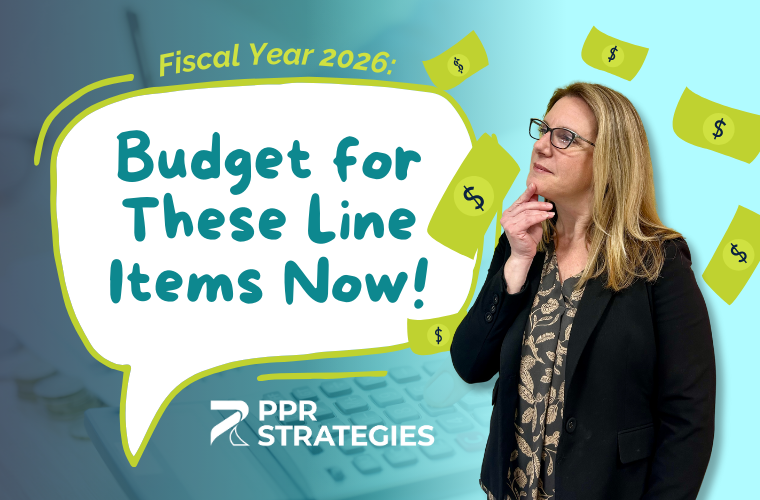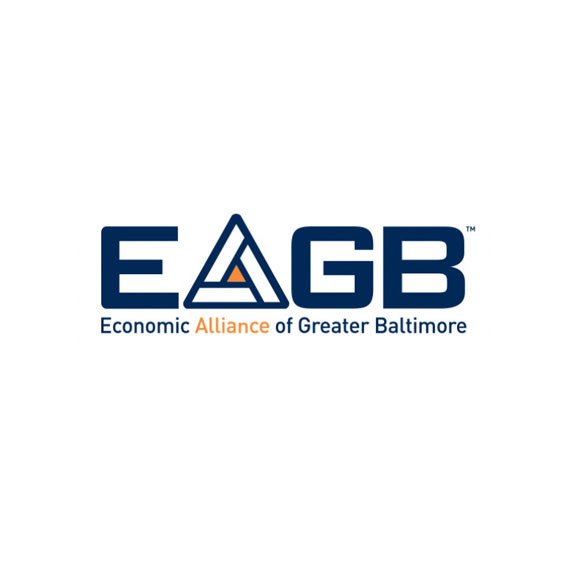Many of us remember what work was like before email. We had fax machines in the office to send documents, and used a device called a “telephone” to have conversations with people not in the room. 😉
Then email came along, and with the convenience of being able to send a message in moment’s notice came a whole new set of challenges. Nowadays, we get so many emails that we can get email overload and email fatigue.
Our clients and customers are faced with this challenge too, and that’s why it’s important to be strategic and thoughtful in the emails we send out in business.
We’re faced with constant decisions around the different styles of emails, types of emails, and what frequency we should be sending emails. Not to mention also having a number of alternatives to email… You can communicate via email, text, Facebook messenger, LinkedIn – even video chats with filters if you want to get creative!
Email is not going anywhere soon – and it can be a great tool if used properly. Here are a few ways to make the most out of using email to connect with your target audience.
1. Find out how your audience wants to be communicated with.
Is your audience more visually driven? Do they prefer short messages or longer stories? Where do their preferences intersect with the goals of your communication?
Knowing your audience’s preferences is key to getting them to take the actions you want them to take. For example, if a company sends me a giant coupon that says “25% off coupon – click here!”, I find I’ll just ignore the email. But if the email is a teaser with photos of products that are on sale, those photos will prompt me to click the link to learn more!
One way to find out what your audience prefers is by sending out a survey, whether that’s over email or social media. Another way? Find out what’s already working (see how in the next tip!).
2. Track and measure the results of your emails.
With email software like Mailchimp, you can learn a lot about your audience after hitting the “send” button on an email. What subject lines are getting people’s attention? Which subject lines are getting ignored in the inbox? How many people are clicking the links in your emails? Are people taking the desired action?
Review the data after each email find out what’s working and what needs a new creative solution!
3. Mix up the type of content you are sending.
You can send an email with just one main focus or topic. Or, you can send a newsletter that is more of a glossary/overview of recent news and upcoming events.
Perhaps you want to drive all their attention to taking one specific action, like signing up for an upcoming conference. In that case, dedicating an entire email to that one purpose would be most effective.
Sending a larger overview of news and events can be a great way to stay in touch with your audience and keep them informed of the opportunities to be involved with your organization.
When in doubt, go with this rule of thumb: Make sure that every email adds value! Through doing this, your emails can get more attention – and more clicks.
‘Til next time,
Sandy








